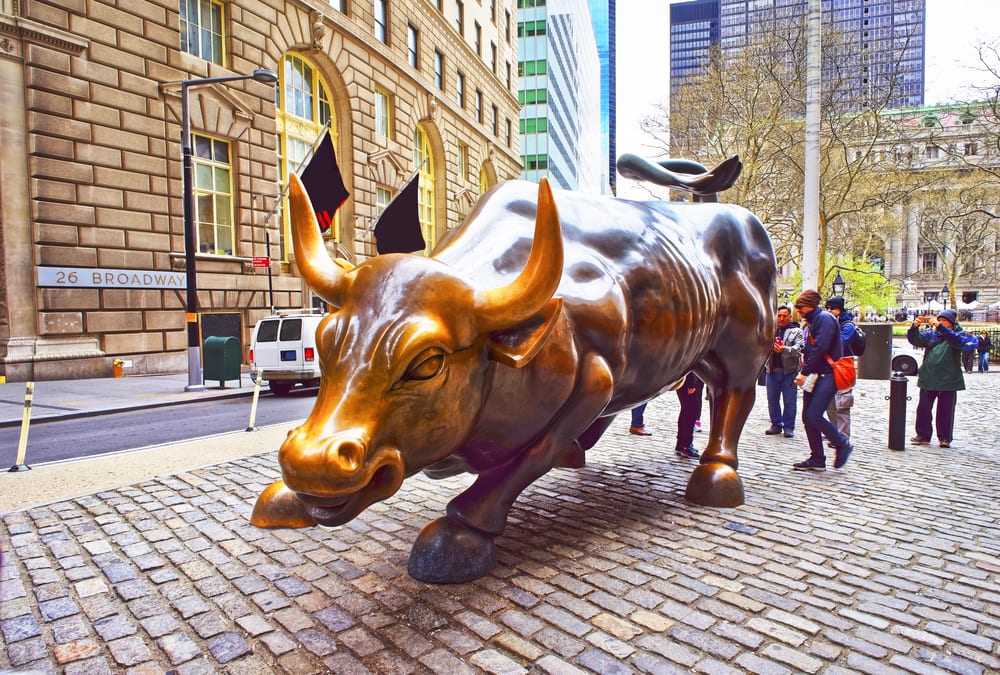On Thursday, all three U.S. indexes saw their sharpest one-day drops since March 16
U.S. stocks closed higher Friday in choppy trading as Wall Street attempted to recover from Thursday’s steep losses but left the benchmark indexes with their biggest weekly losses since March 20.
The Dow Jones Industrial Average DJIA, +1.90% gained 477.37 points, or 1.9%, to close at 25,605.54, after touching an intra-session peak of 25,965.55 and a low of 25,183.
The S&P 500 index SPX, +1.30% added 39.21 points, or 1.3%, at 3.041.31, off its intraday peak at 3,088 but also off its low at 3,003.10. The Nasdaq Composite Index COMP, +1.01% climbed 96.08 points, or 1%, to 9,588.81, after briefly slipping into negative territory at 9,485.04.
On Thursday all three indexes saw their sharpest one-day drops since March 16. The S&P 500 and the Dow finished at their lowest levels since May 26, while the Nasdaq ended at its lowest since May 29, according to Dow Jones Market Data.
For the week, the Dow lost 5.55%, the S&P 500 fell 4.8%, and the Nasdaq was off 2.33%.
Investors are assessing the state of the stock-market’s 10-week rally, a day after equity indexes registered a bruising decline prompted by fears of a resurgence in the coronavirus pandemic in the U.S. and a bleak economic outlook from the head of the Federal Reserve.
Indeed, the International Monetary Fund’s Gita Gopinath said that the global economy is recovering more slowly than expected and faces “significant scarring,” Bloomberg News reported. In a video released Friday but recorded June 4, Gopinath said the IMF will release updated growth projections on June 24 that will likely be worse than April projections for a global contraction of 3%, if the disease lingers.
Fears of an emerging second wave of the epidemic in the U.S. persist, with half a dozen states, including Texas and Arizona, facing rising infections of COVID-19. Arizona, Utah and New Mexico all posted rises in new cases of 40% or higher, while Florida, Arkansas, South Carolina and North Carolina saw cases rise by more than 30% for the week ended June 7, on a rolling seven-day basis, according to Reuters.
Richmond Federal Reserve Bank President Tom Barkin on Friday, during a webcast panel discussion sponsored by the Virginia Tech Office of Economic Development, said that the pandemic could have effects that last beyond the next couple of months and cautioned that some of the millions of jobs that have been lost during the viral outbreak may never return, echoing similar remarks made by Fed Chairman Jerome Powell on Wednesday.
Some analysts characterize the rebound Friday from Thursday’s slump as unlikely to be sustainable.
Naeem Aslam, AvaTrade’s chief market analyst, said that it “is normal to experience some bounce next day,” in a note.
I suspect the bounce is a dead cat bounce because the sentiment is further dented by the fresh comments by the chief economist of the IMF who said that the world economy is growing much slower than the anticipation and the scars of the coronavirus pandemic may linger for much longer, he said.
However, bullish investors don’t think Thursday’s downturn signalled an unravelling of the trend higher for U.S. equities.
The big question is where do we go from here. We had been saying for some time that we expected some corrections, but that the downside had become more limited given a still-bearish consensus, high cash levels, and a broadening rally, wrote Esty Dwek, head of global market strategy, at Natixis Investment Managers, in emailed remarks Friday.
We maintain this view and for now, do not believe this is the start of a new collapse, Dwek wrote, also warning investors should be cautious in the road ahead.
In U.S. economic reports, a reading import prices for May rose, up 1%, by the most in more than year, marking the largest gain since February 2019, the Labor Department reported. Meanwhile, the University of Michigan’s consumer sentiment index showed an increase to a reading of 78.9 from 72.3 in May.
Meanwhile, a report on economic growth in the U.K. showed that gross domestic product contracted by a record 20.4% in April, highlighting weakness in Europe and one of the region’s hardest hit by the epidemic.
Oil prices closed lower, despite early gains on Friday. West Texas Intermediate CLN20, +0.60% fell 8 cents, or 0.2%, to settle at $36.26 a barrel on the New York Mercantile Exchange, ending the week lower, for the first time in seven weeks.
The greenback traded up 0.5% and finished 0.2% up on the week against its major rivals, as gauged by the ICE U.S. Dollar index DXY, +0.36%.
In precious metals, August gold GCM20, -0.11% on Comex finished lower, shedding $2.50, or 0.1%, to end at $1,737.30 an ounce, after jumping 1.1% on Thursday. Bullion still booked a weekly gain of 3.2% based on last Friday’s settlement of the most-active contract.
The 10-year Treasury note yield TMUBMUSD10Y, 0.704% rose 2 basis points to 0.699%. Bond prices move in the opposite direction of yields.
In global equities, the Stoxx Europe 600 index SXXP, +0.28% closed at 354.06, up 0.3% after ending Thursday down 4.1%, while the FTSE 100 index UKX, +0.46% closed at 6,105.18, up 0.5% following its 4% Thursday plunge.
In Asia, Japan’s Nikkei NIK, -0.74% fell 0.8%, the China CSI 300 000300, +0.18% finished 0.2% higher and Hong Kong’s Hang Seng Index HSI, -0.73% closed off 0.7% lower. South Korea’s Kospi index 180721, -2.04% fell 2% after a 0.9% decline in the previous session.





